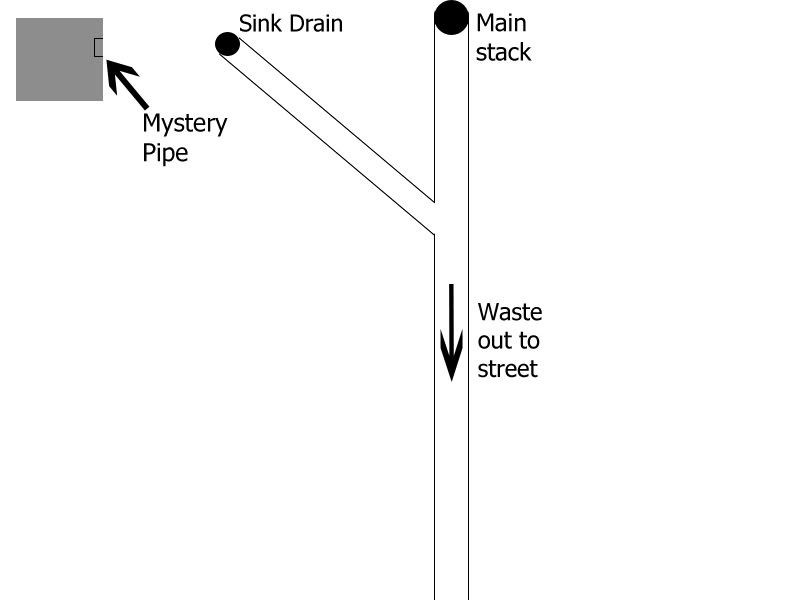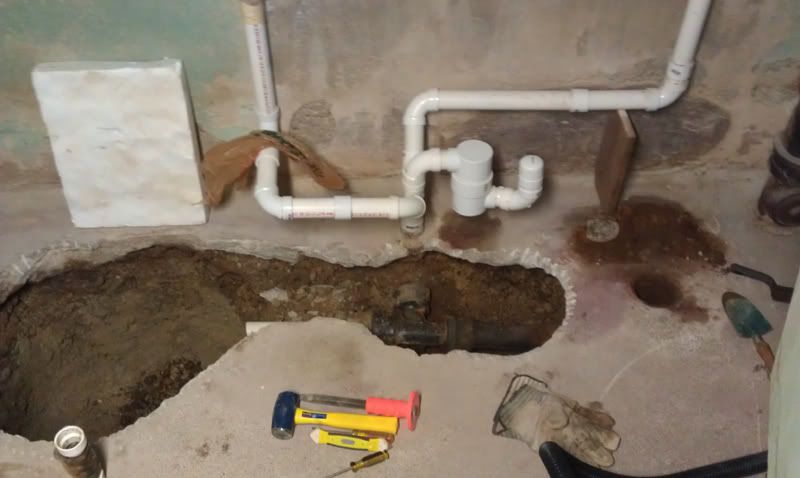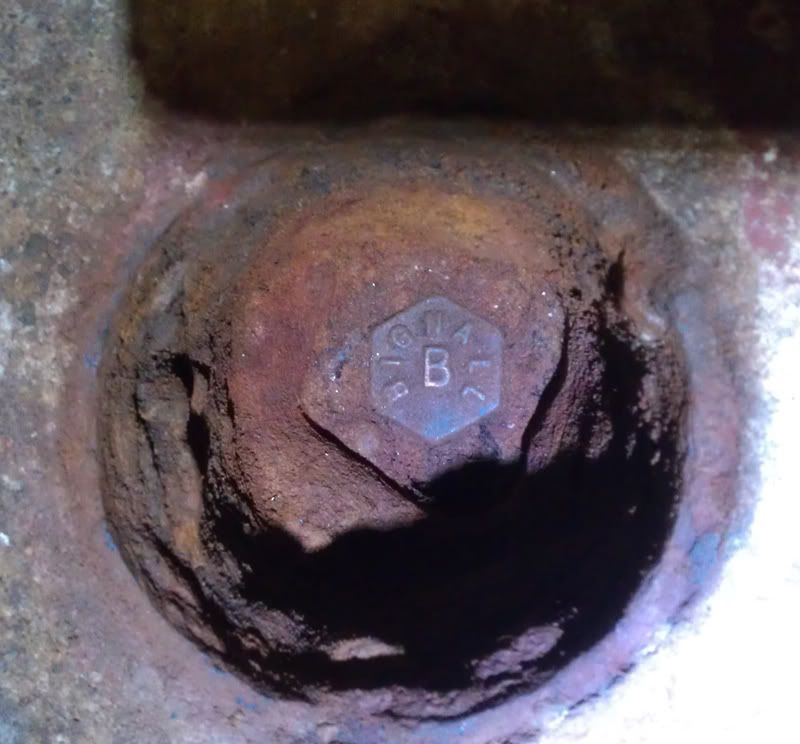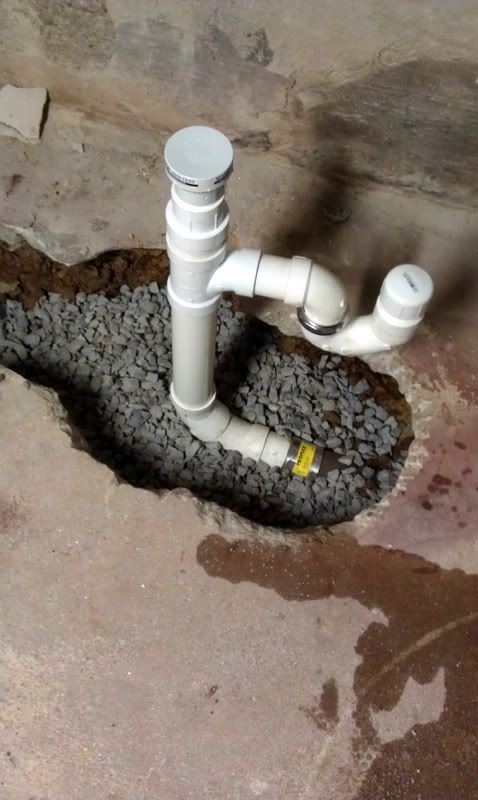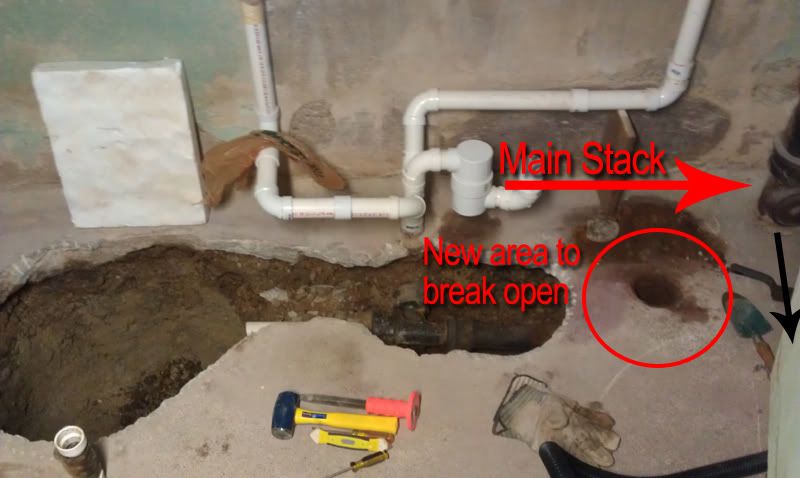Hello Forum, thank you in advance for your help.
I am looking to replace the soap stone utility sink that is in my basement, discharge the sump pump outside the house (installing a new basin w/cover.), and I am debating whether or not I should drain the washing machine into the new utility sink to simplify things.
So, here's what I'm dealing with:
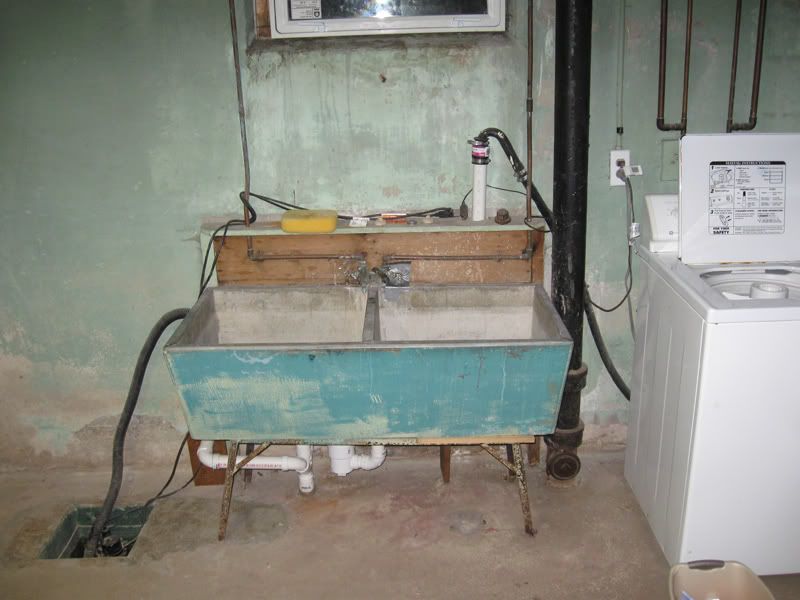
A close up of the work under the utility sink:
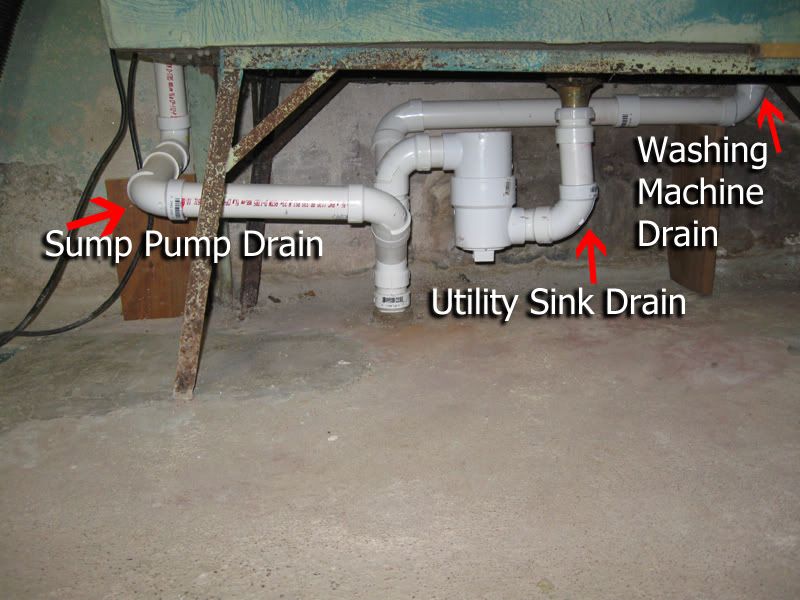
Yet another angle:
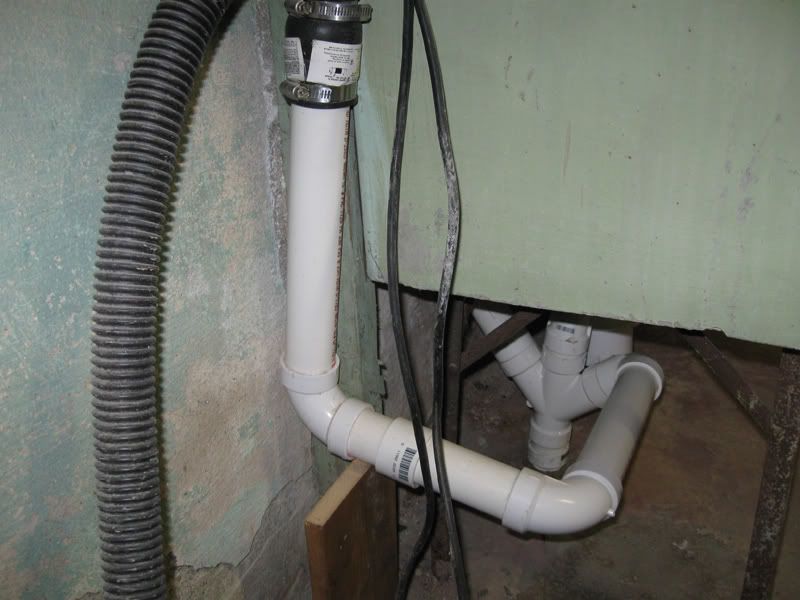
Now, as I said above, I will be eliminating the sump pump part of this drain all together, so that will leave the sink and the washing machine. One thing that I don't understand has to do with the sump basin. There is a pipe entering the basin that you can see here:
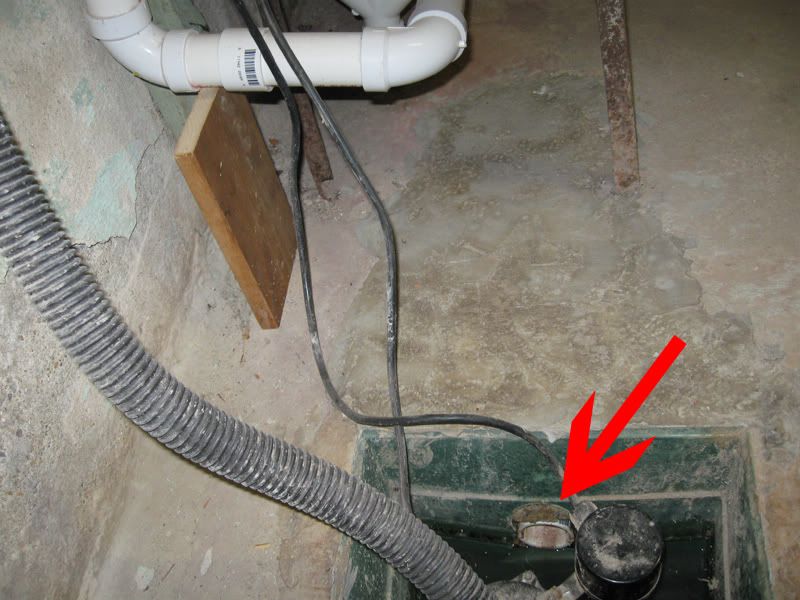
I notice that when the washing machine drains, I see some (not all) of the sudsy washing machine water draining through that pipe. It isn't enough to trigger the sump pump, and it actually seems like it drains back out the same pipe! As you can see, the previous owner (I think) broke up the floor in that area. I don't understand the purpose of that pipe? I was thinking that maybe before the sump pit was installed, maybe it was a floor drain? The floor of the basement slopes to that corner, and to me, it would make sense because it seems to connect to the sewer drain. This is just a guess. Unless I'm told otherwise, I would plan on digging that section of the floor up (when replacing the sump basin) and eliminating it. I also found this in the basement, which I assume was replaced with PVC under the sink:
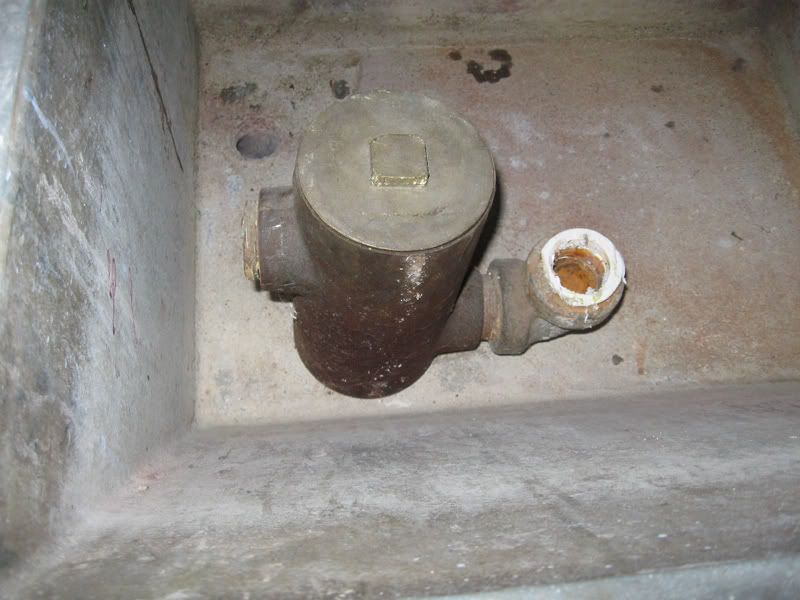
So, my questions are:
Does my plan sound OK?
What is that pipe?
Last, but not least, I don't see any venting here. Am I going to have to run some venting up through the ceiling and eventually connect to the vent in the attic?
I am looking to replace the soap stone utility sink that is in my basement, discharge the sump pump outside the house (installing a new basin w/cover.), and I am debating whether or not I should drain the washing machine into the new utility sink to simplify things.
So, here's what I'm dealing with:

A close up of the work under the utility sink:

Yet another angle:

Now, as I said above, I will be eliminating the sump pump part of this drain all together, so that will leave the sink and the washing machine. One thing that I don't understand has to do with the sump basin. There is a pipe entering the basin that you can see here:

I notice that when the washing machine drains, I see some (not all) of the sudsy washing machine water draining through that pipe. It isn't enough to trigger the sump pump, and it actually seems like it drains back out the same pipe! As you can see, the previous owner (I think) broke up the floor in that area. I don't understand the purpose of that pipe? I was thinking that maybe before the sump pit was installed, maybe it was a floor drain? The floor of the basement slopes to that corner, and to me, it would make sense because it seems to connect to the sewer drain. This is just a guess. Unless I'm told otherwise, I would plan on digging that section of the floor up (when replacing the sump basin) and eliminating it. I also found this in the basement, which I assume was replaced with PVC under the sink:

So, my questions are:
Does my plan sound OK?
What is that pipe?
Last, but not least, I don't see any venting here. Am I going to have to run some venting up through the ceiling and eventually connect to the vent in the attic?





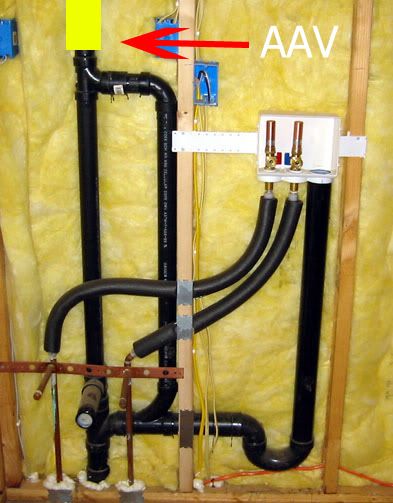

















































![MEISTERFAKTUR drain snake 2.0 [50 FT] - with drill attachment - Ideal plumbing snake for sink and drain unblocking - Solid drain auger for real DYIs! (50 FT - 1/4 inch)](https://m.media-amazon.com/images/I/41VwmTiOsgL._SL500_.jpg)

